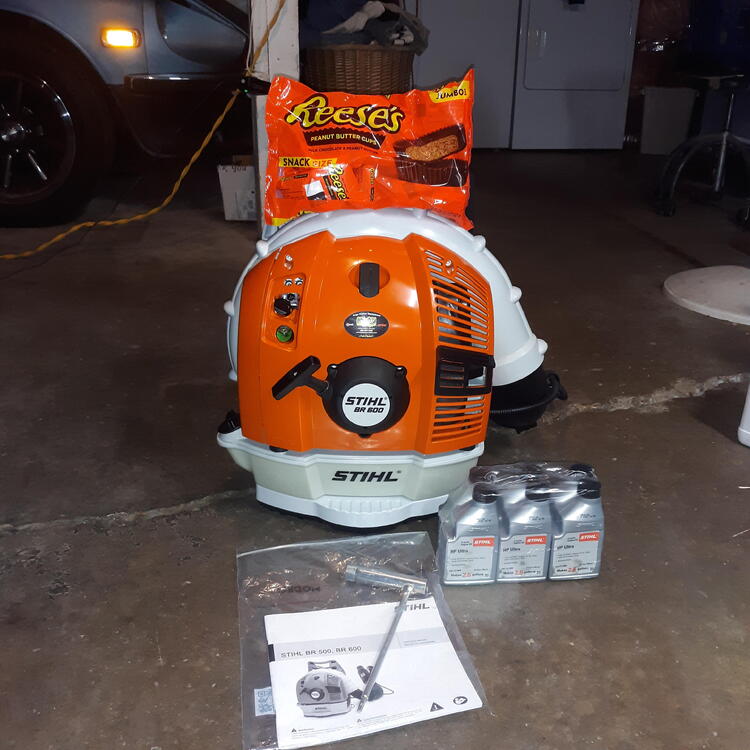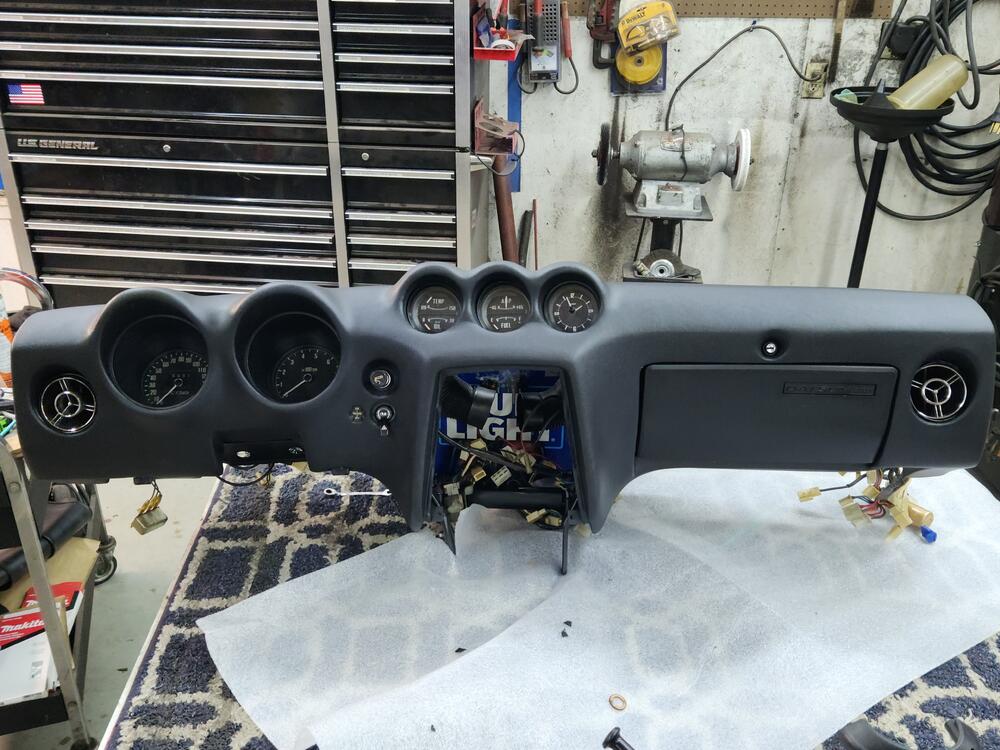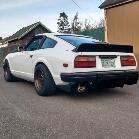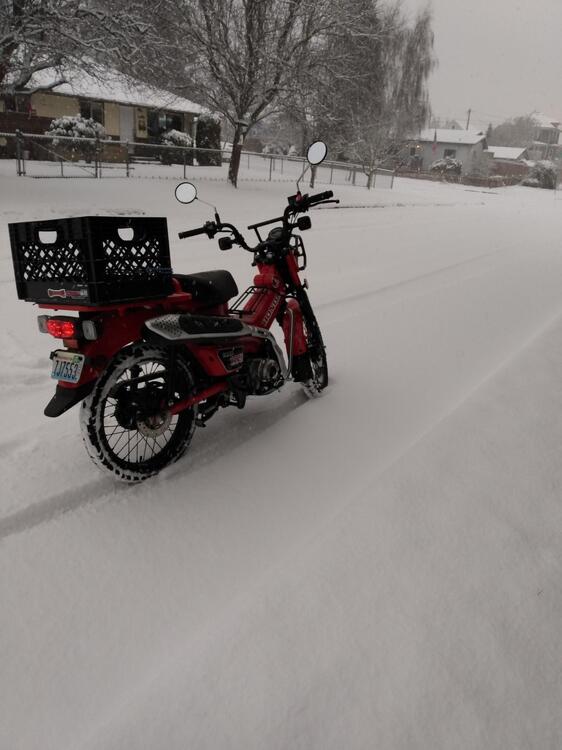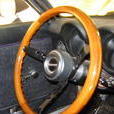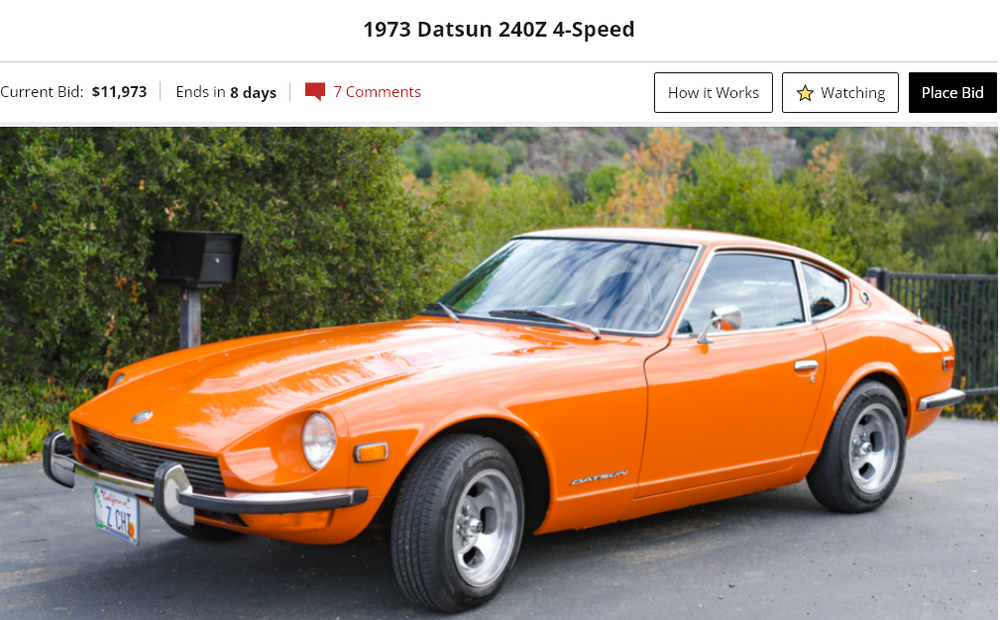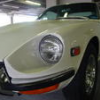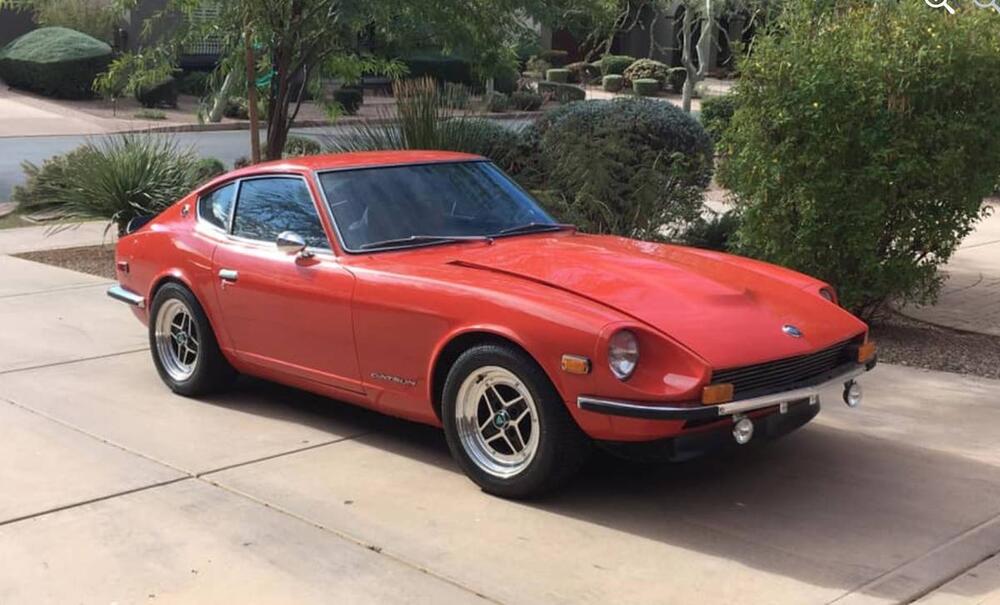From Mr. Uemura’s Story:
DEVELOPMENT PROCESS
- - Vehicle Durability Tests
- - - Heat Resistance and Cold Resistance Tests
The heat resistant performance was evaluated at an external temperature of 95ºF
(35°C) for the domestic models, and at 104ºF (40°C) for the North American models.
The tests were mainly conducted on the heat-resistant chassis dynamometer. However,
because the wind flow can be different from the vehicle tests, performance was also
evaluated on the test course. Eventually, field tests for this model were done in the
United States and Canada.
The heat resistance test done on the chassis dynamometer includes many items, such
as whether the temperature of the water or oil is normal during high speed operation,
whether the engine speed becomes unstable while the engine is idling after high speed
operation, and whether the engine can be restarted after the ignition is turned off. If it
fails any of these items, heat resistance performance is considered insufficient.
We aimed at keeping the engine oil temperature within a specified range even if the
car ran continuously for 118 miles (190 km) without an oil cooler. In fact, we had no
problems with the engine oil temperature. The differential was also designed to keep
the oil temperature in a specified range even after 118 miles (190 km) of continuous
driving. However, because it was at the far rear of the floor, the differential did not
get sufficient wind even if a baffle plate was used. In the end, it was not able to clear
the 118 miles (190 km) continuous driving at a 104ºF (40°C) external temperature. If
consumers complained, we were prepared to offer an optional oil cooler for the differential
oil, but this problem did not arise. Probably as no one drives a car continuously
at such high speeds in the United States, and because temperatures do not go up that
high in Europe.
DATSUN 240Z Engineering Development
https://www.lulu.com/search?adult_audience_rating=00&page=1&pageSize=10&q=Datsun+240Z
 Subscriber
Subscriber 8Points11,142Posts
8Points11,142Posts Subscriber
Subscriber 5Points428Posts
5Points428Posts






